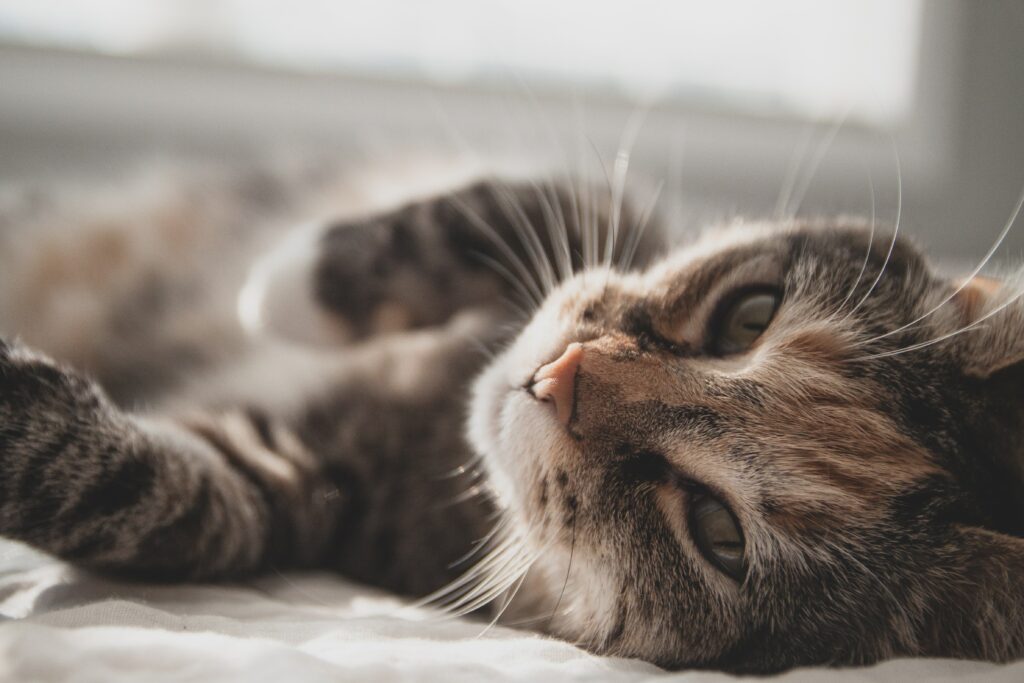Introduction
In the world of pet ownership, cats have always held a special place. This applies also to our little whiskies friends. Their endearing antics, soothing purrs, and the way they make our houses feel like homes are truly priceless.
To ensure that your feline companion remains content and healthy, one aspect you shouldn’t overlook is their litter box. In this article, we will delve with Wellix into the vital role of cat litters and provide expert tips and recommendations for maintaining a clean and comfortable haven for your beloved cat.
The Role of Cat Litters
Cat litters serve a fundamental purpose in a cat’s life. They provide a designated area for your cat to relieve themselves while helping to manage waste and odors. Here’s why cat litters are crucial:
- Hygiene: Cats are meticulous creatures when it comes to cleanliness. A well-maintained litter box encourages good hygiene practices, preventing your cat from choosing alternative, less desirable spots for their business.
- Odor Control: The right cat litter can effectively control odors, keeping your home smelling fresh and pleasant.
- Behavioral Comfort: Cats appreciate having a clean, comfortable space to do their business. A neglected litter box can lead to stress and anxiety in your feline friend.
Choosing the Right Cat Litter
Not all cat litters are created equal, and choosing the right one for your cat is essential. Consider the following options:
- Clumping vs. Non-Clumping: Clumping litters make it easy to scoop waste daily, maintaining a clean environment. Non-clumping litters are often more budget-friendly.
- Scented vs. Unscented: While scented litters can help with odor control, some cats may prefer unscented options to avoid overpowering fragrances.
- Natural vs. Clay-Based: Natural litters made from materials like corn or wheat are eco-friendly and often preferred by environmentally conscious pet owners.
- Dust Level: Low-dust litters are gentler on your cat’s respiratory system and are generally more comfortable for both you and your pet.

Litter Box Setup
Now that you’ve chosen the right cat litter, it’s time to set up the perfect litter box:
- Size Matters: Ensure the litter box is appropriately sized for your cat, allowing them to comfortably turn around and dig.
- Location: Place the litter box in a quiet, low-traffic area of your home to give your cat privacy.
- Multiple Boxes: If you have multiple cats, consider having one litter box per cat, plus an extra, to prevent territorial disputes.
Maintaining a Clean Litter Box
Regular maintenance is key to a happy cat and a happy home:
- Daily Scooping: Scoop waste and clumps daily to keep the litter box clean and odor-free.
- Regular Cleaning: Completely change the litter and clean the box at least once a week to maintain hygiene.
- Fresh Litter: Add fresh litter as needed to maintain an adequate depth.
Cat Hygiene and Health
A clean litter box directly impacts your cat’s overall well-being:
- Urinary Health: A clean box encourages your cat to urinate regularly, reducing the risk of urinary tract issues.
- Stress Reduction: A well-maintained litter box reduces stress, which can contribute to behavioral problems.
Cat Behavior and Litters
Cats are creatures of habit, and a consistent litter box routine can positively affect their behavior:
- Litter Preferences: Some cats have specific preferences when it comes to litter texture and type. Experiment to find what your cat prefers.
- Stress Reduction: A clean, inviting litter box can alleviate anxiety and encourage good litter box habits.
Common Litter Box Issues
Address and resolve common litter box problems:
- Litter Aversion: If your cat avoids the litter box, assess potential issues such as cleanliness, location, or litter type.
- Inappropriate Elimination: Understand the causes behind this behavior and consult a veterinarian or animal behaviorist if needed.
Tips for Multi-Cat Households
Managing a litter box for multiple cats can be a challenge:
- Extra Boxes: Provide one litter box per cat, plus an additional box to prevent competition.
- Litter Box Placement: Ensure each cat has easy access to a litter box without feeling trapped.
Environmental Considerations
As the world becomes increasingly aware of environmental issues and sustainability, it’s essential for pet owners to make eco-conscious choices when it comes to their furry friends. Fortunately, the pet industry has responded to this demand with a variety of eco-friendly cat litter options. Here’s a closer look at why and how you can make environmentally responsible choices for your cat’s litter box:
1. Biodegradable Litters:
Consider switching to biodegradable cat litters made from renewable and natural resources like corn, wheat, or wood. These litters break down naturally over time, reducing the environmental impact of waste disposal. Biodegradable litters are not only better for the planet but also tend to be gentler on your cat’s paws and respiratory system.
2. Recycled Materials:
Some cat’s litters are crafted from recycled materials, such as newspaper or reclaimed wood pulp. By choosing these litters, you’re not only diverting waste from landfills but also giving a second life to materials that might otherwise go to waste. Recycled litters often have excellent absorbency and odor control properties.
Conclusion
The humble cat litter box plays a crucial role in your cat’s well-being. By selecting the right litter, maintaining a clean environment, and considering your cat’s preferences, you can create a comfortable sanctuary for your feline friend. Remember, a happy cat makes for a happy home, and a well-cared-for litter box is a step in the right direction.
By prioritizing your cat’s litter box needs, you ensure that your beloved pet remains content, healthy, and continues to grace your life with their unique charm and companionship.
References
1. Cat – Pet Care, Behavior, Breeds | Britannica
2. The Best Cat Litter Reviewed: Pros, Cons, and Analysis – Veterinarians.org
3. The Importance of Cat Litter: Exploring its Function and Benefits – Cat Nip Craze
by Alonso Ruiz
